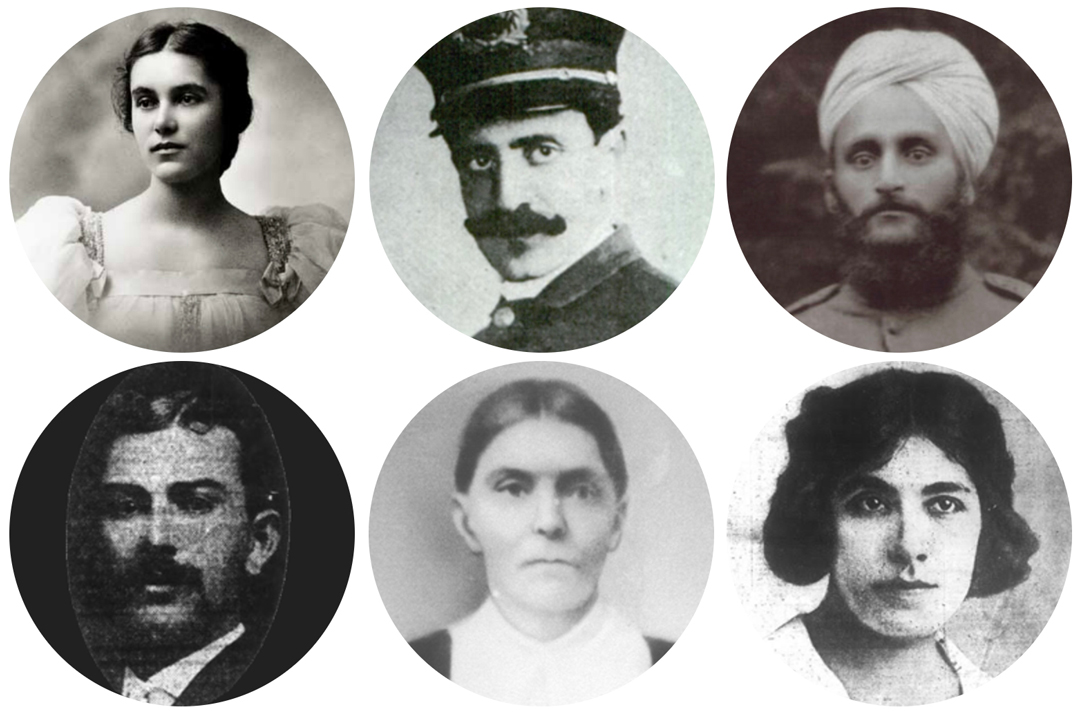Love and Race Caught in the Public Eye
ND Newswire
University of Notre Dame
2001-05-31
Heidi Ardizzone, Assistant Professor of American Studies
University of Notre Dame
Earl Lewis, Provost
Emory University
Lovers seek to create a place that they can inhabit together against the obstacles of the world. Marriage promises that they will live in that place forever. What happens, though, when love cannot keep out the world’s strictures? What happens when the bond severs, and the nation serves as a witness to marital separation? And what happens when a culture’s notions about love and romance come into conflict with the lines dividing races and classes?
In 1925 Alice Beatrice Jones and Leonard “Kip” Rhinelander found themselves painfully trapped in this conflict between love and family, desire and social standing. Their marriage had the trappings of a fairy tale — wealthy New York scion marries humble girl from New Rochelle — yet the events that led to their estrangement provide an unusual window into the nation’s attitudes about race, class, and sexuality. Their sensational annulment trial scandalized 1920’s America and opened their private life to public scrutiny, amid cultural conflicts over racial definitions, class propriety, proper courtship and sexual behavior, and racial mixing.
As a Rhinelander, Leonard was descended from several of New York’s oldest and wealthiest families. Had he followed in the family tradition, Leonard might have attended Columbia University, joined the Rhinelander Real Estate Company, and made his mark on New York society through philanthropy and support of the arts.
By contrast, Alice’s parents immigrated in 1891 to the United States from England, where they had both worked as servants. George Jones had had some success in his adopted country; he eventually owned a fleet of taxicabs and several small properties. Alice, her sisters, and their husbands worked primarily as domestics and servants — solid members of the working class.
Despite this pronounced class difference, Alice and Leonard met and began dating in 1921. Their love deepened over the next three years, tested by months and years of separation as Leonard’s father tried to keep them apart. Philip Rhinelander’s efforts were in vain, however. From 1921 to 1924 the lovers exchanged hundreds of letters and visited when possible. As soon as Leonard turned 21 and received money from a trust fund, he left school and returned to Alice. In the fall of 1924, they quietly married in a civil ceremony at the New Rochelle City Hall.
Had reporters from the New Rochelle Standard Star ignored the entry in the City Hall records, the couple might have lived their lives away from the public spotlight. They did not. Someone eventually realized that a Rhinelander had married a local woman, and it was news. And once they discovered who Alice Jones was, it was big news. The first story appeared one month after their wedding, announcing to the world that the son of a Rhinelander had married the daughter of a colored man.
Or had he? Well, at least he had married the daughter of a working-class man, and that was enough to start a tremor of gossip throughout New York. Reporters rushed to sift through the legal documents and contradictory accounts of and by the Joneses and the newlyweds. Despite the confidence of the first announcement, there was confusion for quite some time as to George Jones’s — and therefore Alice’s — precise racial identity…
Read the entire article here.





